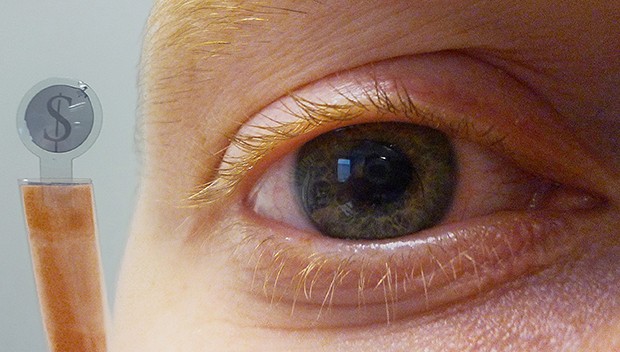 Pushing air cooling to its limits might mean buying a bigger fan to the mortal PC builder, but for Mike at Total Geekdom, it meant constructing a wind tunnel case. Built from a box fan, medium-density fiberboard, lexan and aluminum, the tunnel increases airspeed by about 240 percent and cools its contents with a brisk 9 mph breeze. At full bore, however, the fan churns out air speeds between 26 and 30 mph inside the case's sweet spot. As for computer hardware, the rig packs an Ivy Bridge 3770K processor, a pair of Radeon 7970 (Sapphire Dual-X) GPUs, 8GB of RAM and a 40GB SSD. There's still room to overclock the beast, but it currently keeps its CPU humming at 4.5GHz with temperatures between 64 and 65 degrees Celsius, and can run its GPUs at 1225MHz with core temperatures at 46 and 56 degrees Celsius. So, what does one do with a wind tunnel-cooled PC? Why donate time and computing processes for cancer research through the World Community Grid project, of course. For photos, performance specs and a full break down of the construction process, hit the bordering source link.
Pushing air cooling to its limits might mean buying a bigger fan to the mortal PC builder, but for Mike at Total Geekdom, it meant constructing a wind tunnel case. Built from a box fan, medium-density fiberboard, lexan and aluminum, the tunnel increases airspeed by about 240 percent and cools its contents with a brisk 9 mph breeze. At full bore, however, the fan churns out air speeds between 26 and 30 mph inside the case's sweet spot. As for computer hardware, the rig packs an Ivy Bridge 3770K processor, a pair of Radeon 7970 (Sapphire Dual-X) GPUs, 8GB of RAM and a 40GB SSD. There's still room to overclock the beast, but it currently keeps its CPU humming at 4.5GHz with temperatures between 64 and 65 degrees Celsius, and can run its GPUs at 1225MHz with core temperatures at 46 and 56 degrees Celsius. So, what does one do with a wind tunnel-cooled PC? Why donate time and computing processes for cancer research through the World Community Grid project, of course. For photos, performance specs and a full break down of the construction process, hit the bordering source link.
[Source: Engadget]


